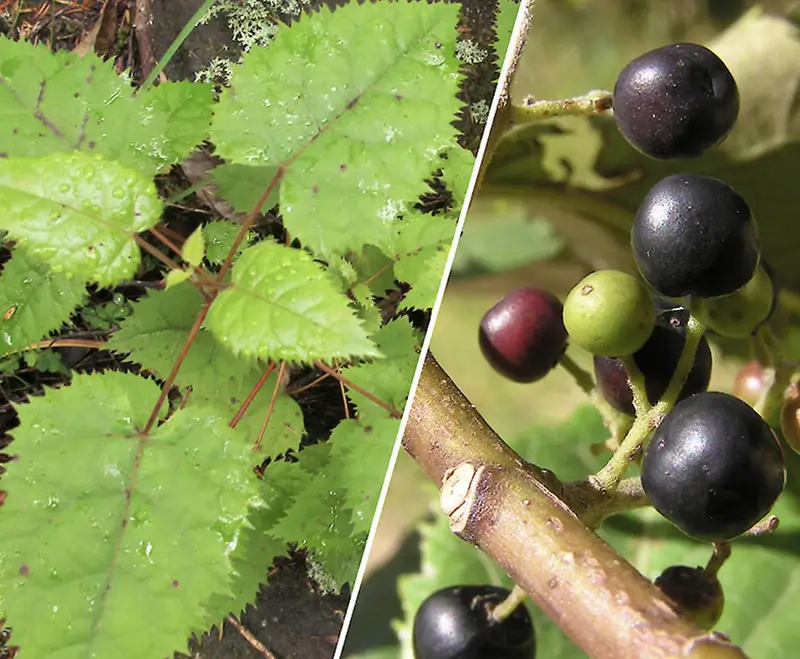Written by Yvonne Riddiford
Spring is moving into summer and there is a big push on to finish the last of the planting for the year. Thanks to Project Crimson’s Trees that Count scheme we have more plants at our disposal at any one time than I have ever experienced. The trees come with no charge, which is great but there is a big responsibility to get them into the ground in the best possible way. We would have struggled were it not for the help of many volunteers over the last months. I can’t lay claim to doing any planting myself but I have made vast quantities of soup for when a morning’s work is done.
Planting trees and flowering grasses is like planting dreams. As you lay them out and put them in the ground you imagine what it will be like when they come to fruition. It always seems so extraordinary that a small sapling can grow into a tall tree. I have had a lot of failures with plants in my life however watching the painstaking effort Jane and Rod have exercised in planting these trees I feel optimistic that some of them will become forest giants.

In my mind I travel forward into a future I will never see. At the same time I travel backwards to the landscape as it once was. It is close to 50 years since I first came to the Wairarapa; there was barely a tree in sight. I had never experienced so much wind; it was quite overwhelming, so it was natural to turn our minds to shelter belts and they have made an extraordinary difference to the quality of living here. We were planting for shelter back then so we didn’t give much attention to what went in as long as it was sturdy and fast growing. Poplars, Eucalypts, Pine trees and Italian Alder seemed to be the trees of choice at that time and they certainly met those requirements. Of course that was the days before planting to sequester carbon, which certainly gives another sense of urgency to the work of growing trees.


Now the interest has shifted to planting native trees and the names that I remembered from my childhood fill the conversation. Amongst other species we have been planting makomako. When I was growing up we called it wineberry and often referred to it as the mother of the bush because it was the first tree that would come back after a burn. It would establish in the gullies and afford shelter to the bigger trees. We have also planted konini which will develop striking papery orange bark. Konini, also known as kōtukutuku, is the native fuschia which I gather is the largest fuschia in the world.
For my great grandfather William Robinson, owning land in England was beyond his means. His father worked on some of the large English estates and so when William emigrated to New Zealand and managed to buy land, he tried to mimic the stately English properties of his boyhood. He went to huge lengths to establish oaks and elms and even brought some exotic birds to Cheviot Hills Station in North Canterbury. All the parks of my own childhood, like Hagley Park in Christchurch were the same. With our rich soils and warm climate the exotic trees established well; sometimes altogether too well. Yet again I come back to the turning of the wheel. I like to think that the early pioneers worked according to the best of their lights which for them meant creating the landscape they had left behind. Our lights have changed and now our dreams for the future of Aoteraoa are of an erosion free landscape where the rivers run clear. I believe this might once again be a reality through work of re-establishing the dark green mantle of our native forest and I imagine that kind of forest filled with the song of native birds.